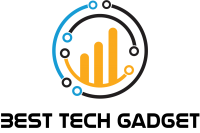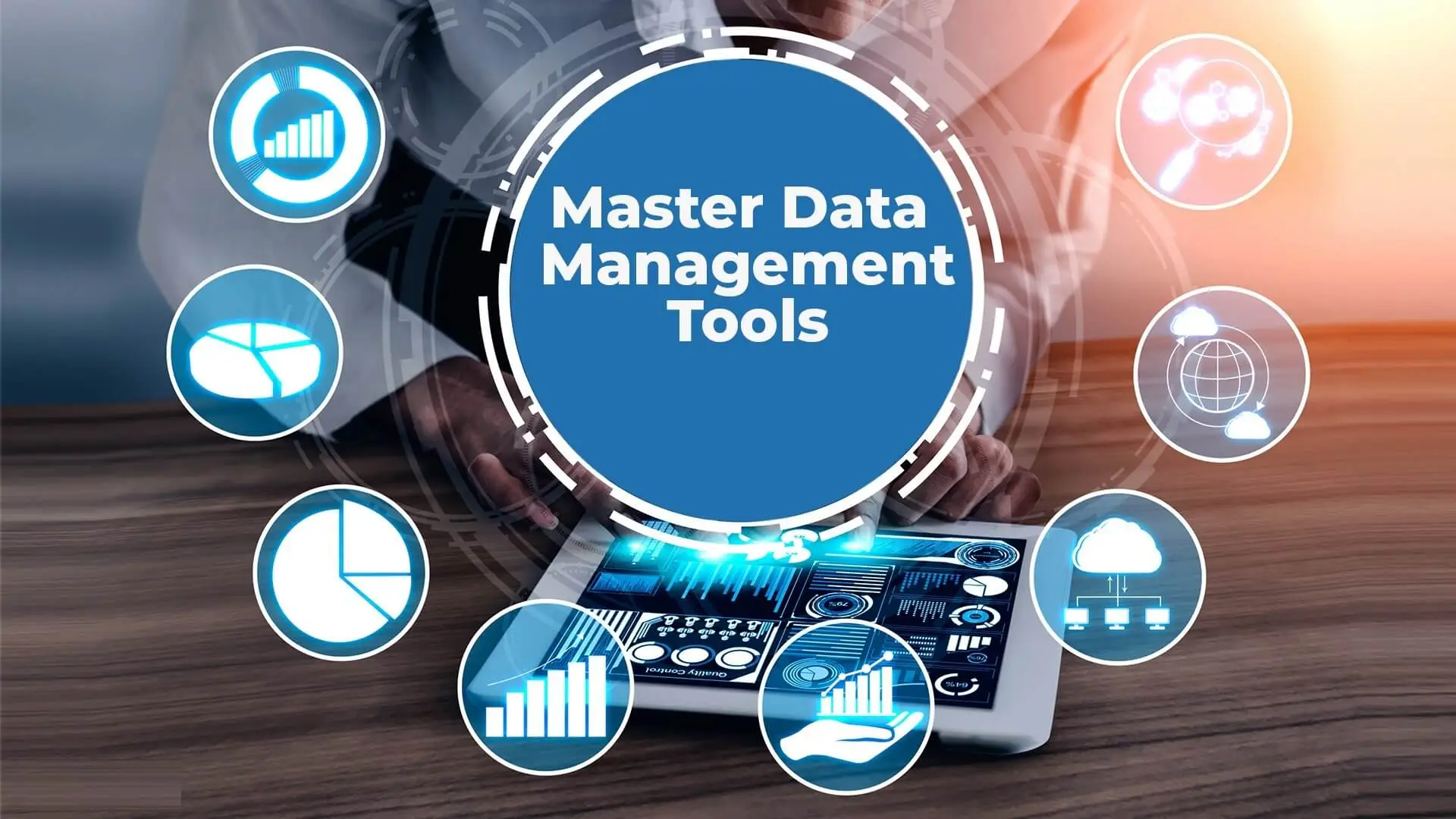Exploring the Power of Open-Source with Free Machine Learning Libraries
Open-source software has revolutionized many industries by providing powerful tools for free. In the field of machine learning and artificial intelligence, open-source has been especially impactful with the development of numerous free machine learning libraries. These libraries have lowered the barriers to entry for AI development and fueled incredible innovation. In this post, we will explore some of the most popular and capable free machine learning libraries available.

Content
Getting Started with the Basics
For those just getting started with machine learning, Scikit-learn is one of the best options. Scikit-learn is a simple and easy to use Python library that supports popular algorithms like linear regression, classification, clustering, dimensionality reduction, and more. With Scikit-learn, you can get up and running with basic machine learning quickly without a large time investment. It serves as a perfect starting point for learning core concepts before diving into more advanced techniques.
Deep Learning Made Accessible
While deep learning has produced very impressive results, developing neural networks can be complex and require specialized libraries. TensorFlow and PyTorch have thankfully changed that by providing free and open-source frameworks for deep learning. Both support popular neural network architectures and allow you to easily build, train, and deploy models. TensorFlow is Google’s library, while PyTorch was developed by Facebook’s AI research team. Each has large communities contributing code and tutorials. With TensorFlow and PyTorch, deep learning is now accessible to students, researchers, and companies of all sizes thanks to the free machine learning libraries.
Natural Language Processing Tools
Natural language processing (NLP) involves teaching machines to understand human language. It has enabled applications like chatbots, voice assistants, and text summarization. Popular Python-based NLP libraries like NLTK, SpaCy, and GenSim provide tools for common NLP tasks such as part-of-speech tagging, named entity recognition, topic modeling, and more. These free machine learning libraries have accelerated research in NLP by providing researchers with pre-built components to quickly experiment with new techniques.
Computer Vision Made Practical
Computer vision involves teaching machines to see by processing images and videos. OpenCV is an influential open-source library for computer vision that supports tasks like facial recognition, object detection, feature extraction, and more. OpenCV has bindings for languages like Python, C++, and Java, making it cross-platform. It also comes with pre-trained models for tasks like face detection out of the box. For deep learning based computer vision, libraries like Keras and PyTorch also provide tools and pre-trained models to build image and video models.
In conclusion, open-source machine learning libraries have had an immense positive impact on AI development by reducing barriers to entry. Researchers, students and companies now have access to powerful tools that were previously only available to large tech organizations. As these libraries continue to evolve and add new features, we can expect even more innovation in artificial intelligence driven by the free machine learning libraries movement. Their collaborative, community-focused nature exemplifies the power of open-source to drive technological progress.
FAQs
How do I choose between TensorFlow, PyTorch, Keras or another deep learning library?
The main factors to consider are the programming language used (Python, C++ etc.), the types of models you want to build (CNNs, RNNs etc.), and which has more documentation and community support for your needs. TensorFlow is very flexible but PyTorch is simpler for research. Keras can work with either TensorFlow or PyTorch as the backend.
What kinds of projects can I build with free machine learning libraries?
Some examples include text classification, image recognition, recommendation systems, time series forecasting, computer vision applications, chatbots, natural language processing tools, predictive analytics dashboards, and more. The capabilities are vast since these libraries support most common ML algorithms and deep learning techniques.

Shawn Davis is a wonderful person. He is very nice and always willing to help out! He loves his job because it lets him share interesting things with people who want to know about new developments in the world of technology.







